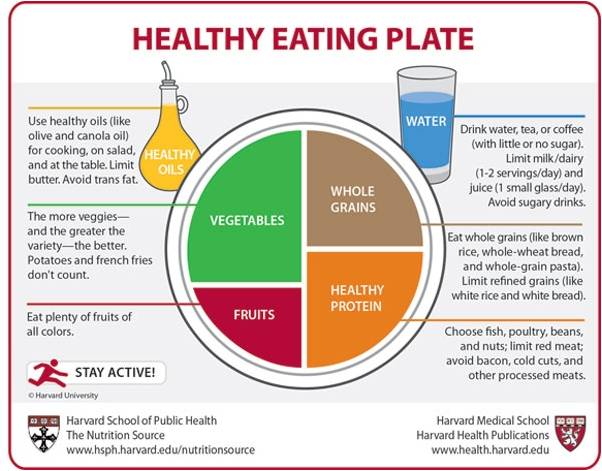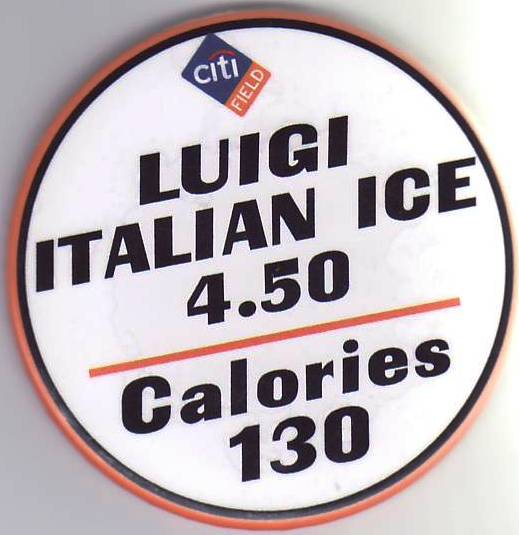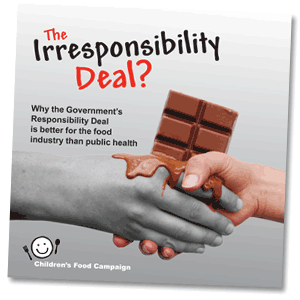Public relations in action: the food dialogues
Like many food advocates I know, I’ve been invited to participate in a “food dialogue” (I couldn’t because of previous commitments):
Americans have a lot of questions about how our food is raised. What is the impact on our health and the health of the planet? It seems there are more questions than answers. Join us on September 22 for The Food Dialogues — a new effort to bring together different viewpoints on agriculture.
We are inviting leaders in food, cooking, media and policy, farmers of all types and business leaders to be part of the discussion. Four panels in key locations around the country will discuss Americans’ biggest questions about farming and ranching from the cost of food to the environmental impact. Join us live or virtually.
The invitation comes from the U.S. Farmers & Ranchers Alliance (USFRA). This is
a newly formed alliance currently representing more than 50 of the top farmer- and rancher-led organizations and agricultural partners. We are committed to working together to continuously improve how we raise food that provides healthy choices for people everywhere. We are an industry that has always looked at how to do things better, including how we listen to and answer Americans’ questions.
What is this all about?
I am grateful to Nancy Huehnergarth of the New York State Healthy Eating and Physical Activity Alliance for her explanation, “Let the Big Ag reframing begin.” She points out that this is a professional marketing campaign Zocaló Group (Ketchum Public Relations) and that
any alliance that starts out with a $30 million budget means business and will be a force to be reckoned with. The USFRA’s goal, obviously, is to begin to reframe the debate about food production and agriculture in this country — a debate that up until now has been dominated by food and agricultural reformers.
Pay close attention to what this group says to divert attention from what Nancy summarizes as the “deplorable conditions, unnecessary subsidies and unsafe/unhealthy practices that have, sadly, become mainstream in our food and agricultural system.”
Update September 18: Here is SourceWatch.com’s take on USFRA.






